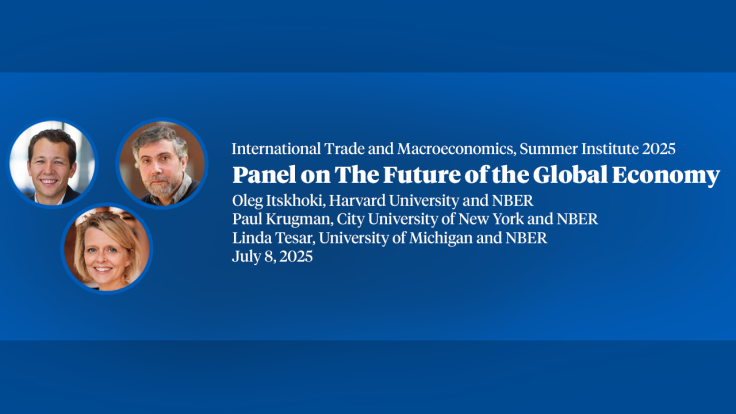Occupations, Human Capital Accumulation and Inequality
Two robust empirical facts are that mean wages and cross-sectional wage dispersion both increase over the life cycle. We study how these two changes vary across occupations and document a strong positive correlation: occupations with high mean wage growth over the life cycle also exhibit greater increases in cross-sectional wage dispersion. We develop a novel dynamic Roy model that features both static and dynamic comparative advantage and show that it can account for the variation in life cycle wage distributions across high and low wage occupations. Dynamic comparative advantage reflects individual heterogeneity in occupation specific learning abilities and is the dominant force that shapes occupation choice in our model. We highlight several important implications of dynamic comparative advantage and show that our model captures the data better than a benchmark model that features persistent shocks.
-
-
Copy CitationAndrés Erosa, Luisa Fuster, Gueorgui Kambourov, and Richard Rogerson, "Occupations, Human Capital Accumulation and Inequality," NBER Working Paper 34481 (2025), https://doi.org/10.3386/w34481.Download Citation


